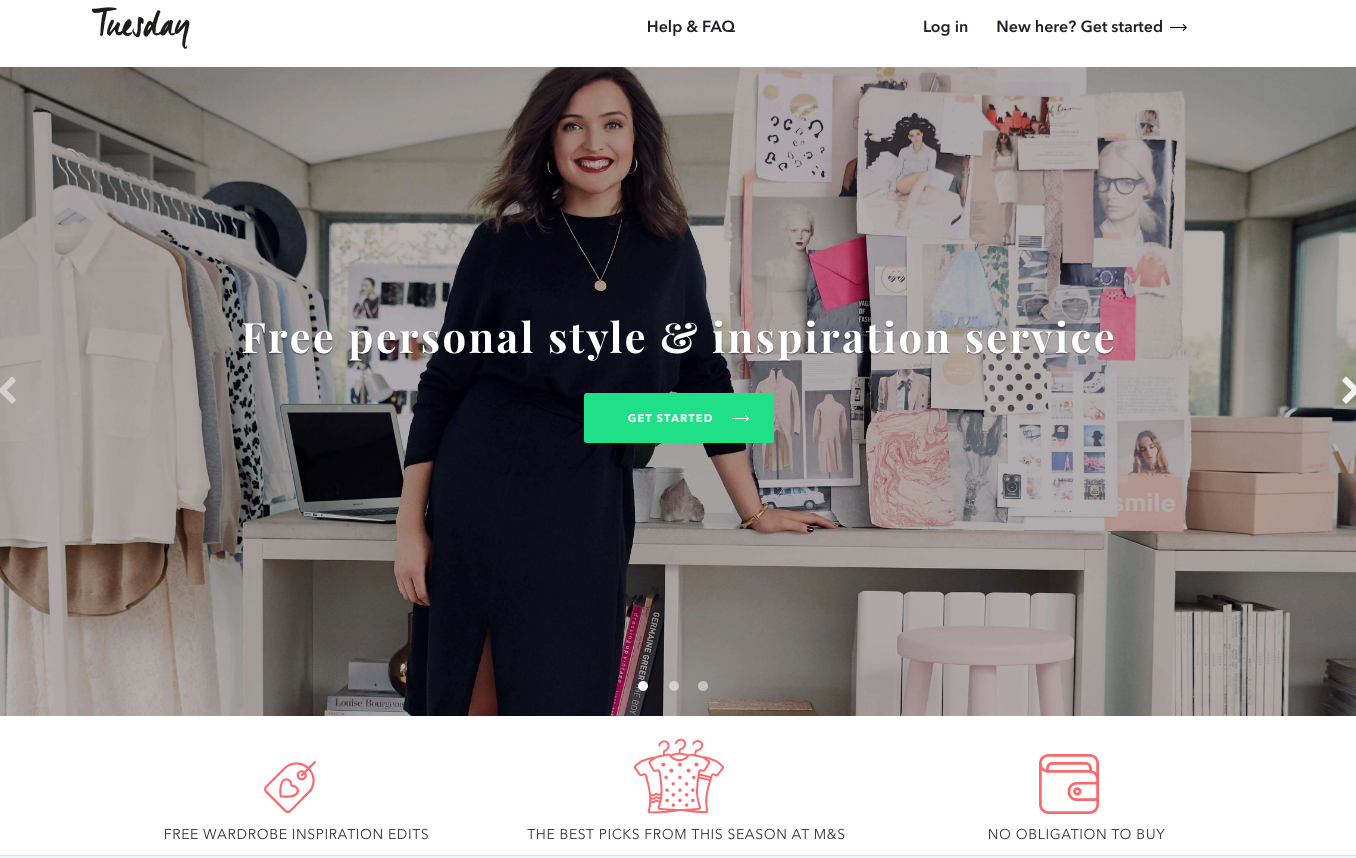The forthcoming GDPR is designed to help protect consumer data, not to hamper businesses and hog-tie them with red tape. Those businesses that adapt to the changing rules – that turn big data into smart data – will survive and thrive, says Julie Neilson, explaining how marketers in the retail, automotive and financial services sectors are surmounting the obstacles and reaping the opportunities . . . showing that it can be a case of new privacy rules OK!
Ready or not, here it comes. The EU’s general data protection regulation (GDPR) kicks in on May 25, affecting all businesses that work with customers’ personal data.
GDPR will undeniably build barriers around brand-to-consumer communications. Our recent survey of more than 2,500 UK-based adults indicated that less than half of respondents know how businesses collect and use their personal data. Worryingly, this could result in around a fifth of customers refusing to share any details by 2019, unless businesses prioritise mutually beneficial relationships now.
So how will GDPR move the goalposts for the marketers in the retail, automotive and financial services sectors?
A retail revolution
Retailers, and the brands that sell through them, rely on customers’ personal data to interact and keep them coming back for more. From personalised emails and direct mail to loyalty programmes, access to a target audience’s data is essential to understand customer needs and building effective contact strategies.
One consequence of GDPR may be a thrust away from direct communications in favour of digital immersion strategies. However, while that’s likely, CRM still has a major role to play. Customer data needs to be used to genuinely understand more about customers’ needs, so brands can serve them with timely, relevant and valuable messages. In other words, CRM must stop broadcasting and starts conversing on a personal level. M&S’ Try Tuesday outfit builder and personal shopper website is a good example of a brand getting this level of service right.
Yet, research by retail technology supplier SAS indicates that a third of customers will ask for their data to be removed from retailers’ databases under GDPR. What if access to core information such as names and email addresses was taken away? Further research indicates that, compared to other sectors, the retail industry is not prepared to comply with GDPR and also perceives it mainly as an obstacle.
Retail customers are often promiscuous, seeking convenience and value. They’re often tempted by competing offers, which challenges retailers to continuously improve how they interact with people.
An emerging trend is the encouragement of digital engagement, particularly through streaming longer-form, TV-like video content into people’s living rooms. Online video platform Brightcove found that 61% of retailers are offering TV-like content at present, while 33% will do so within the next two years. This type of digital engagement allows viewers to passively engage with a brand, while prompting that additional excitement they tend to seek from interacting with brands.
Some brands are already ahead of the game in this category. CNN and Volvo’s Eclipse of the Century Live Stream, The Lego Movie, Red Bull’s Stratos Project, and hungryhouse’s From Chow Mein to Fame video series are just a few examples of how brands can challenge traditional retail engagement with customers through online immersion.
Meanwhile, online-only clothing retailers like Boden and Hush are investing in bricks and mortar; expect this trend to continue. PWC’s 2017 Retail Trends report revealed that customers still desire the physical reality of trying things on when purchasing. People go to stores for an inviting ambiance, an extended range of items and the ability to quickly check stock. This trend foresees an opportunity for retailers introducing further interaction touchpoints where they engage with customers and gather data. But retail is not the only sector cashing in on digital engagement.
The fast and the furious: automotive connectivity
Until recently, a potential car buyer would likely watch an ad, visit a nearby dealership, book a test-drive and buy the vehicle – all within a fortnight. Today, digital disruption is transforming this purchase journey.
Many businesses are moving brand experiences online to reach customers early on the path to purchase. Meanwhile, Tesla and Volvo allow customers to side-step dealerships and buy online. Recognising that people now view the reliability and convenience of buying direct from the manufacturer as a safe bet, more marques are rolling out ‘click to buy’ services.
Thanks to telematics, cars are becoming increasingly connected. Improvements to safety, efficiency and a driver’s experience entail information about a driver and their car being shared between multiple sources, such as insurers, dealerships and breakdown and maintenance services. Consent and data erasure laws could have a vital impact on how automotive companies engage with their existing customer base post-GDPR, as well as how manufacturers interact with a new target audience.
Changing consumer expectations indicate people value speed, self-service, data-driven personalised experiences and digital context. At the same time, GDPR will affect motor insurance businesses by disabling their practice of obtaining credit scores, IP addresses, claims information as well as providing price aggregation without explicit consent. It’ll be critical for insurance companies to consider exactly how to market consent to their customer base and whether their data collection processes will change.
The automotive space is continuously innovating. The recent news that GM is launching Marketplace, a commerce platform enabling drivers to shop, and book restaurants and hotels, from the seat of their car, emphasises the speed the sector is changing and harnessing an expanding pool of data.
Cashing in? Opportunities for financial services
Unlike the automotive sector, GDPR may not come as a shock for financial services companies. Quality of service and functional satisfaction are key reasons that customers value services, and much of this is based on how their data is used.
Yet siloed practices have dogged financial firms for too long. In such monolithic organisations, the credit card division might have one CRM strategy, the insurance department another and retail banking something else. The customer, though, prefers to have one relationship and can be baffled by the lack of uniformity in messaging and contact. Moving forward, it’s going to be crucial for financial brands to close these communications loopholes, especially in light of greater restrictions under GDPR.
Financial services will need to obtain explicit consent for gathering behavioural data such as general website browsing information, used to target consumers with personalised offers. The silver lining is that financial services and banks can now show transparency and differentiate themselves, by communicating genuine care and concern about data privacy. In the long term, this can build trust and generate even more personalised marketing.
Financial companies must commit to having a deep understanding of their customers and understand what they want from brands. NatWest, for example, took an honesty-based approach by launching the campaign ‘We are what we do’ last year, recognising that banks should be held responsible for their mishaps.
However, others possibly overstep the mark. Nationwide’s poets campaign portrayed the bank as the viewer’s friend, tapping into the customers’ emotions, to mixed response. Perhaps this was just a case of being too familiar. Organisations across sectors need to understand the place their brand has in the life of the consumer and how far those parameters can stretch before they become totally unrealistic.
Ultimately, GDPR will likely diminish financial organisations’ data reserves, challenging them to refine CRM strategies and sharpen their focus on reinforcing customer relationships.
Privacy rules OK!
GDPR isn’t the end of all communications. Customers’ personal data will remain the driver for marketing insights and strategies. What will change is how marketing teams use data to really get to know their customers and engage with them.
Big data must become smart data. It’ll be a lengthy process, during which many organisations will suffer the consequences of missing deadlines, messing up and simply not recognising customer requirements. The gold standard will be set by the businesses that use stronger relationships to turn obstacles into opportunities.
Have an opinion on this article? Please join in the discussion: the GMA is a community of data driven marketers and YOUR opinion counts.
This topic and much more will be under discussion at our MINT Data Driven Marketing Summit on Wednesday April 18 in central London. GMA readers can get £100 off the ticket price. Book NOW to hear top-level speakers share their knowledge about GDPR, innovation and the new data economy.






Leave your thoughts